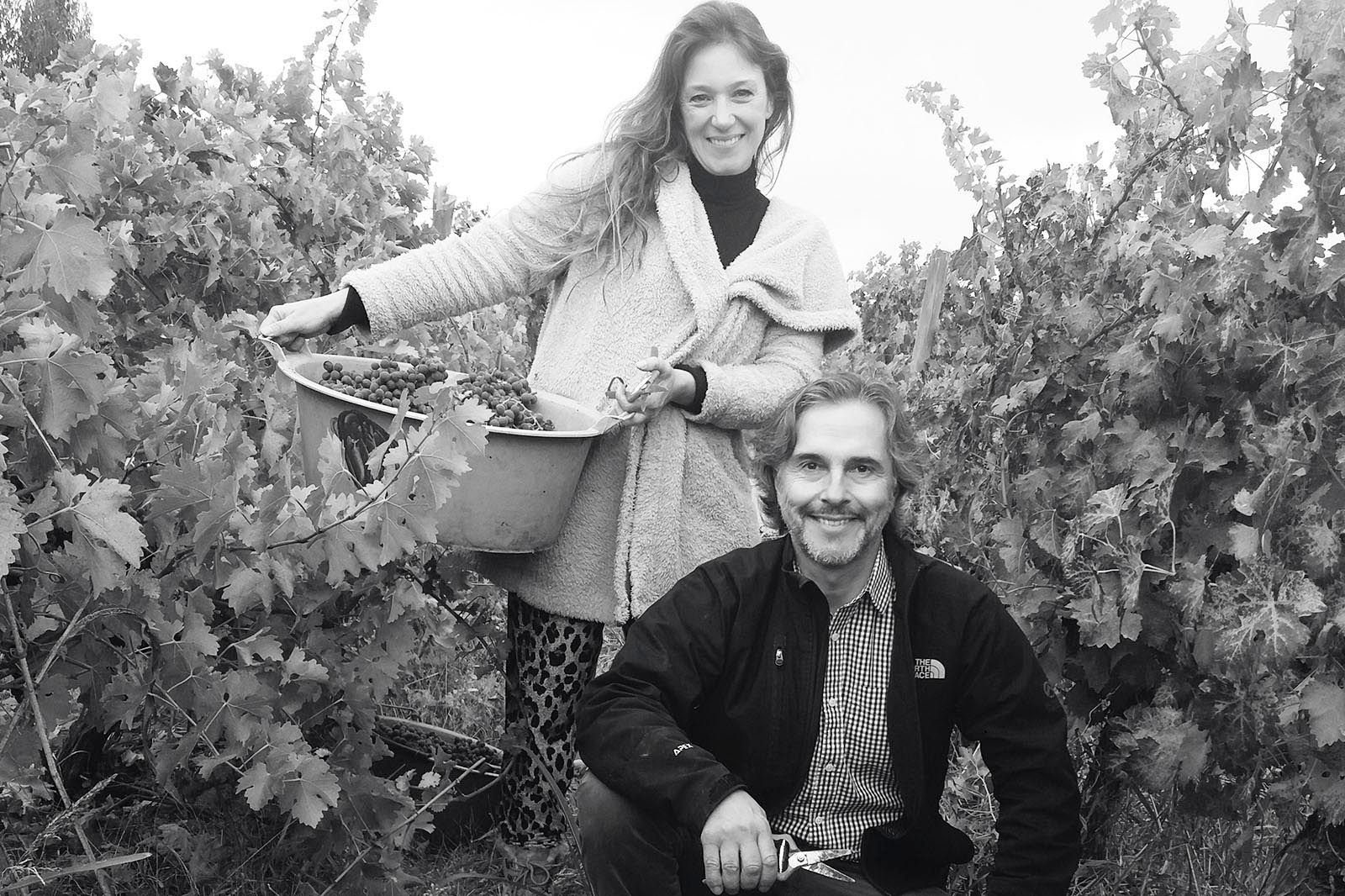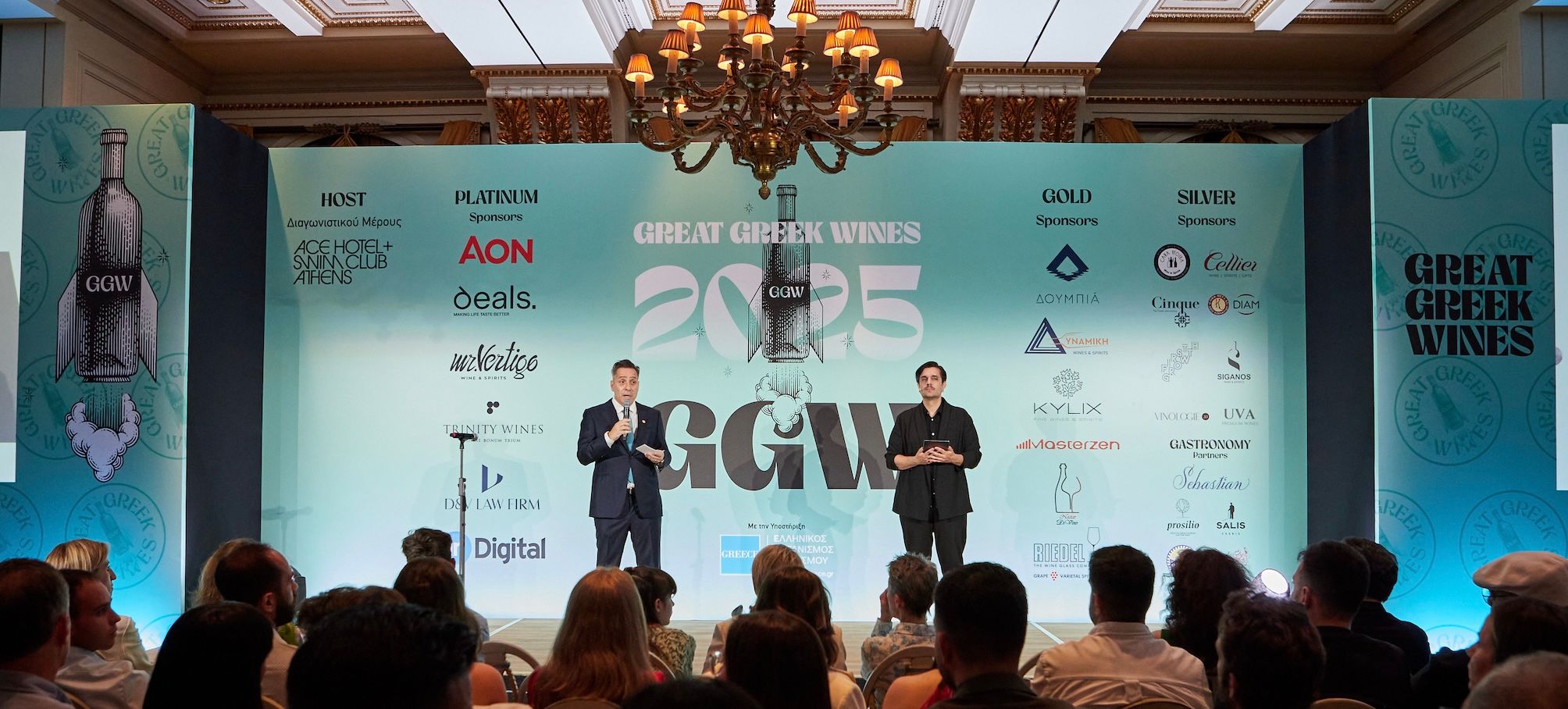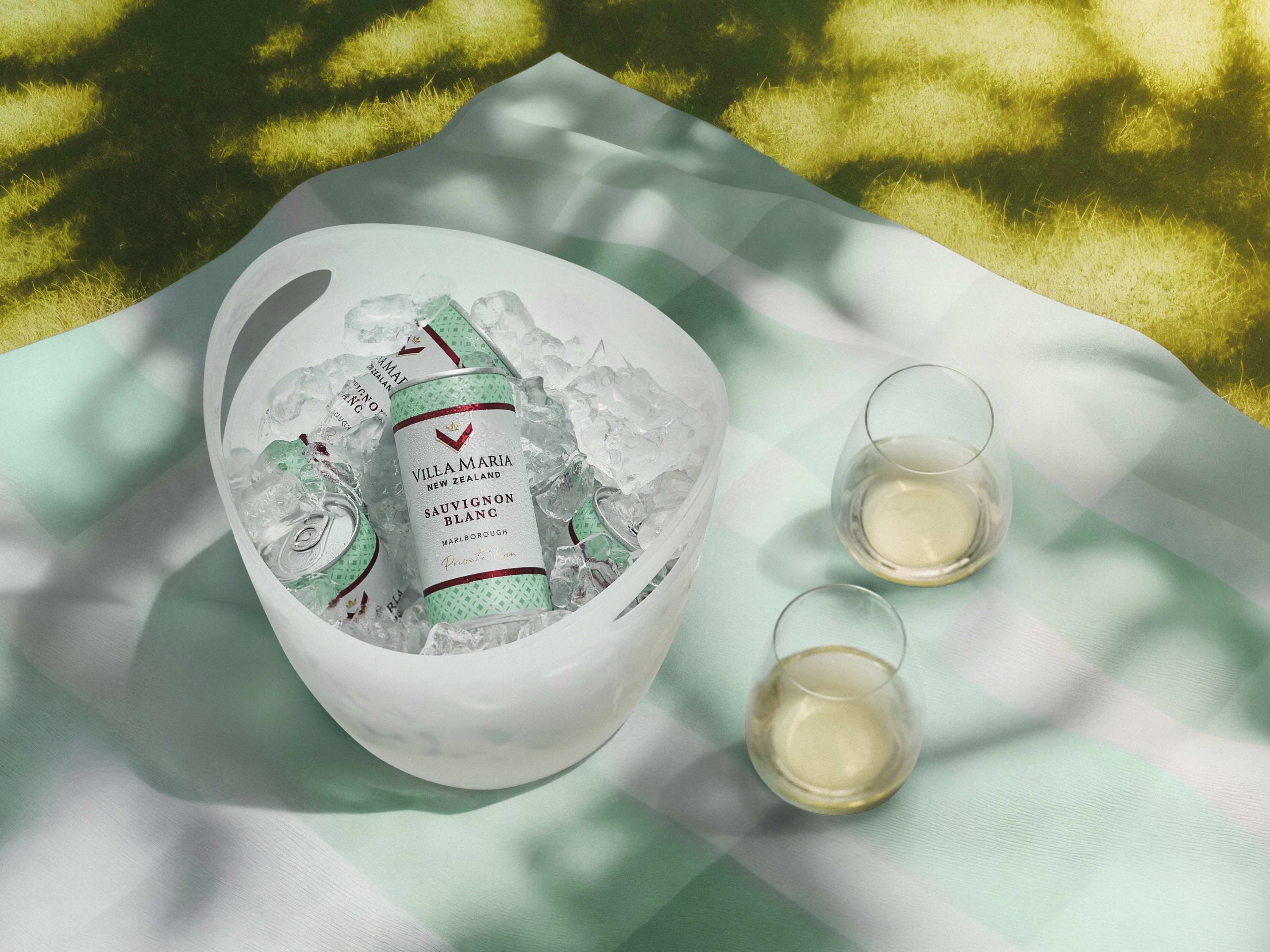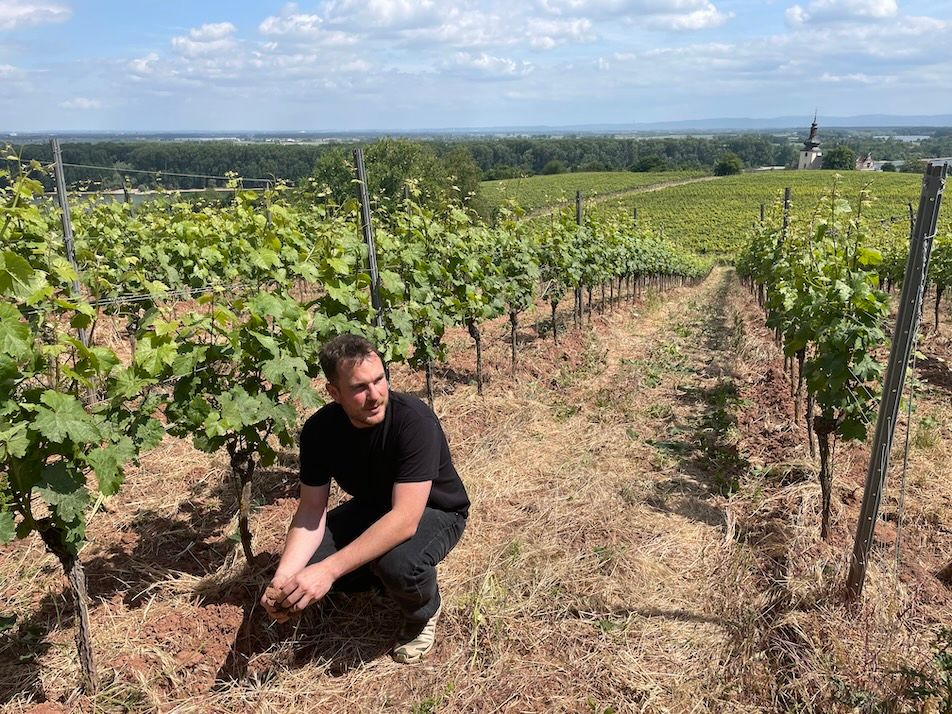“It was in that moment that I guess I stopped putting value and Chile in the same sentence, his wines are on a different level,” writes Crowther about the Dagaz wines
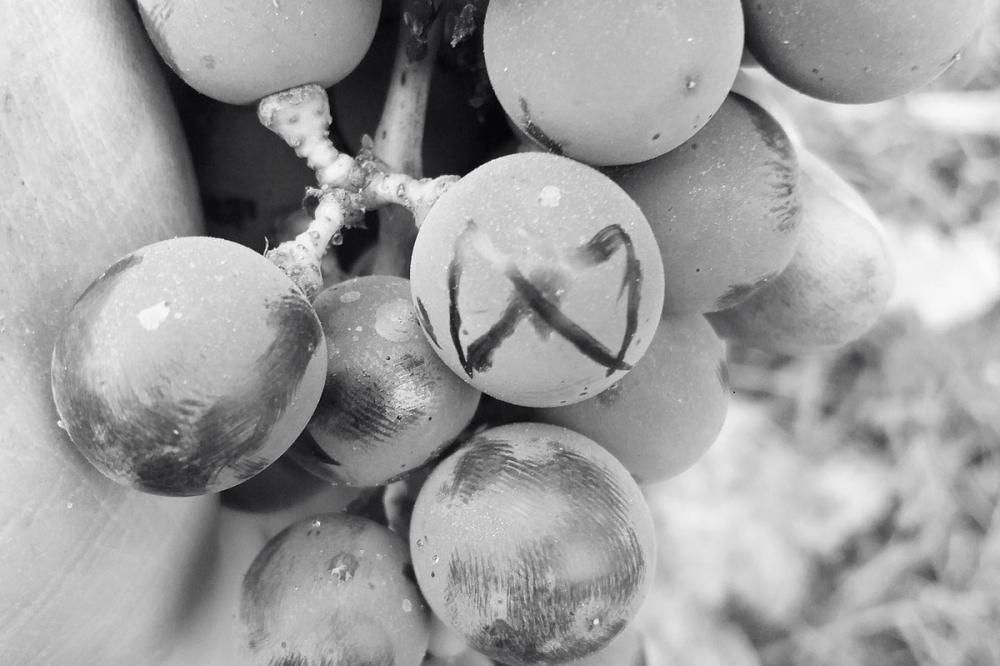
Most articles about wine from Chile start with some sort of spiel that describes a long, thin country that provides its export markets with great value, fruit-driven reds and increasingly good white wine. Chilean Merlot has been a staple on the supermarket shelf for as long as I can remember and tales of Chile’s potential as a major player in the premium wine sector have not escaped us either. If I had a quid for every time somebody has said to me that Chilean wine has so much promise I’d be a rich man by now.
The fact of the matter is, the potential has gone and the wines arrived some time ago.
From the Itata, Bío Bío and Malleco Valleys in the country’s deep south (in wine terms, anyway), to the Atacama Desert some 1,500km north (which I believe trumps Argentina’s Salta region in terms of proximity to the equator); the diversity and innovation of the Chilean wine game is lurking in the shadows no more and it’s about time we all started to go to Chile for high quality – dare I say it – world-class wine.
There are a number of protagonists turning the dial here and importantly it’s not just a hip, new school wave of young winemakers looking to make their mark, but some of the country’s most prolific producers who are also pushing the boundaries too.
However, I am not here to talk about either. I discovered Marco Puyo’s wines about six months ago whilst tasting for Good Pair Days’ UK launch. I immediately ran into the next room to share them with my partner. It felt like a bit of a lightbulb moment for me, an awakening if you like. It was in that moment that I guess I stopped putting value and Chile in the same sentence, his wines are on a different level – and yes, I am late to the game when it comes to Chile.

Marco Puyo, Hawksmoor, London
Puyo is a veteran winemaker and he has been smart about the application and launch of his new project Viña Dagaz. A quarter of a century of winemaking for some of Chile’s most renowned wineries have not only given Puyo an innate sense of the potential (sorry) of Chilean wine, but clearly a sense of business savvy as well. In 2005 Puyo discovered a new terroir in Pumanque, Colchagua that excited him, so he planted some vines whilst working his day job at Viña Los Vascos – Rothschild’s Chilean endeavour. Planting vines before you build a winery is a smart move, and in 2016 Marco launched his first wine under the Dagaz label, with the winery eventually being built in 2018.
But before I get too deep into Pumanque, I should mention that Puyo is also consulting a project in the aforementioned Itata to the south…
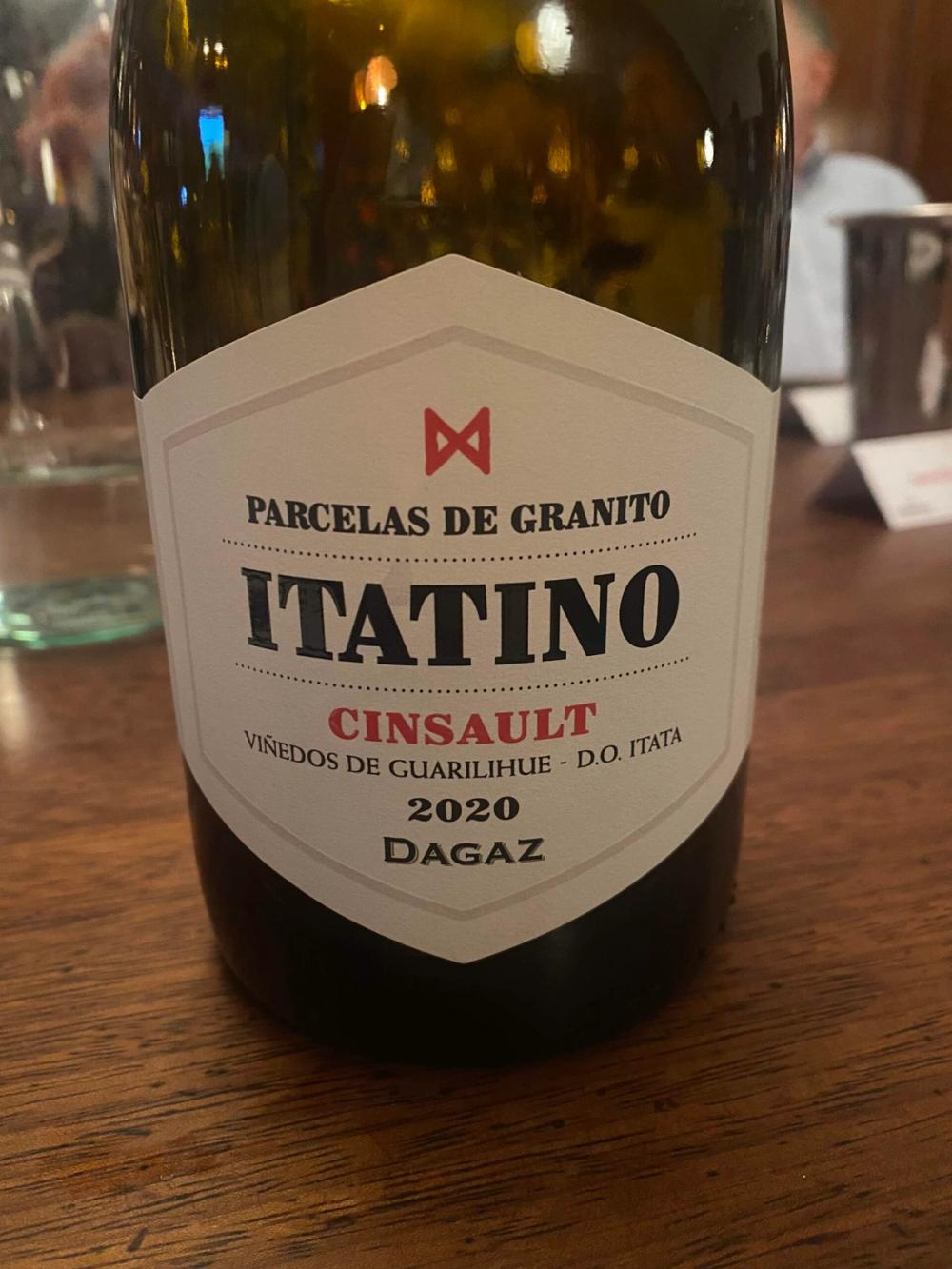
Guarilihue Estate ‘Itatino’ Cinsault 2020
100% Cinsault
“I love the people, place and terroir of Itata” said Puyo at a recent wine dinner hosted by Condor Wines at (Guildhall) Hawksmoor, London. Like I said, Itata is increasingly becoming a centre for innovation and creativity, with many making the most of Muscat, País and Cinsault. I have got to say that I’m a sucker for Cinsault and this wine doesn’t disappoint. The early-picked, dry-farmed fruit goes through a five-day cold soak before fermentation and ageing in concrete egg for around 10 months. This wine has all of the hallmarks that I look for from a new world Cinsault, or any Cinsault for that matter. Expect crunchy red berry fruit with a gravelly, almost iron-y undertow. This wine is bright and vibrant with angular acidity, loads of freshness and a lovely whole-bunch (35%) lick of tannin. (RRP £18.99)
The Dagaz wines…
Back to Pumanque and we come to Marco Puyo’s Dagaz wines. A presentation from the big man at Hawksmoor gave us an insight to his terroir and soil types. His 20 hectares naturally boasts diversity, but the narrative here is that this terroir is largely decomposed, iron-rich granite – and I do like wine made from granite soils. The photos on Marco’s laptop of big pink nuggets of granite in his vineyard did well to remind me of some of the vineyards I had visited in Fleurie, I liked those wines too…
Puyo has spent years micro-vinifying each different soil type to gain a better understanding of his unique terroir and multiple vintages worth of trials have given him a deep understanding of the Dagaz vineyards…

Dagaz ‘El Camino’ 2020
70% Cabernet Sauvignon | 30% Carménère
An attractive, lifted violet and lavender character dominates with a faint dusting of green leaf and peppercorn. After 30 minutes or so, lovely ripe black cherry starts to make its way through that florality. Structurally this is excellent with supple tannin and effortless balance that carries itself through a long, Ribena-black-fruit finish. (RRP £13.99)
Dagaz’s 20 hectares are planted with Cabernet Sauvignon, Carménère, Syrah, and Petit Verdot. On Carménère, Puyo advises that “you must be very careful to plant this in the right place if you are going to reduce the green character [that you either love or you hate]” and he feels that Chile’s ‘flagship’ grape variety makes for a fantastic blending component. To be fair, under most circumstances I would agree with him. The only reason I didn’t was because his Estate Carménère 2018 was one of the “oh my god, Hollie, taste this!” wines I’d tried six months before.
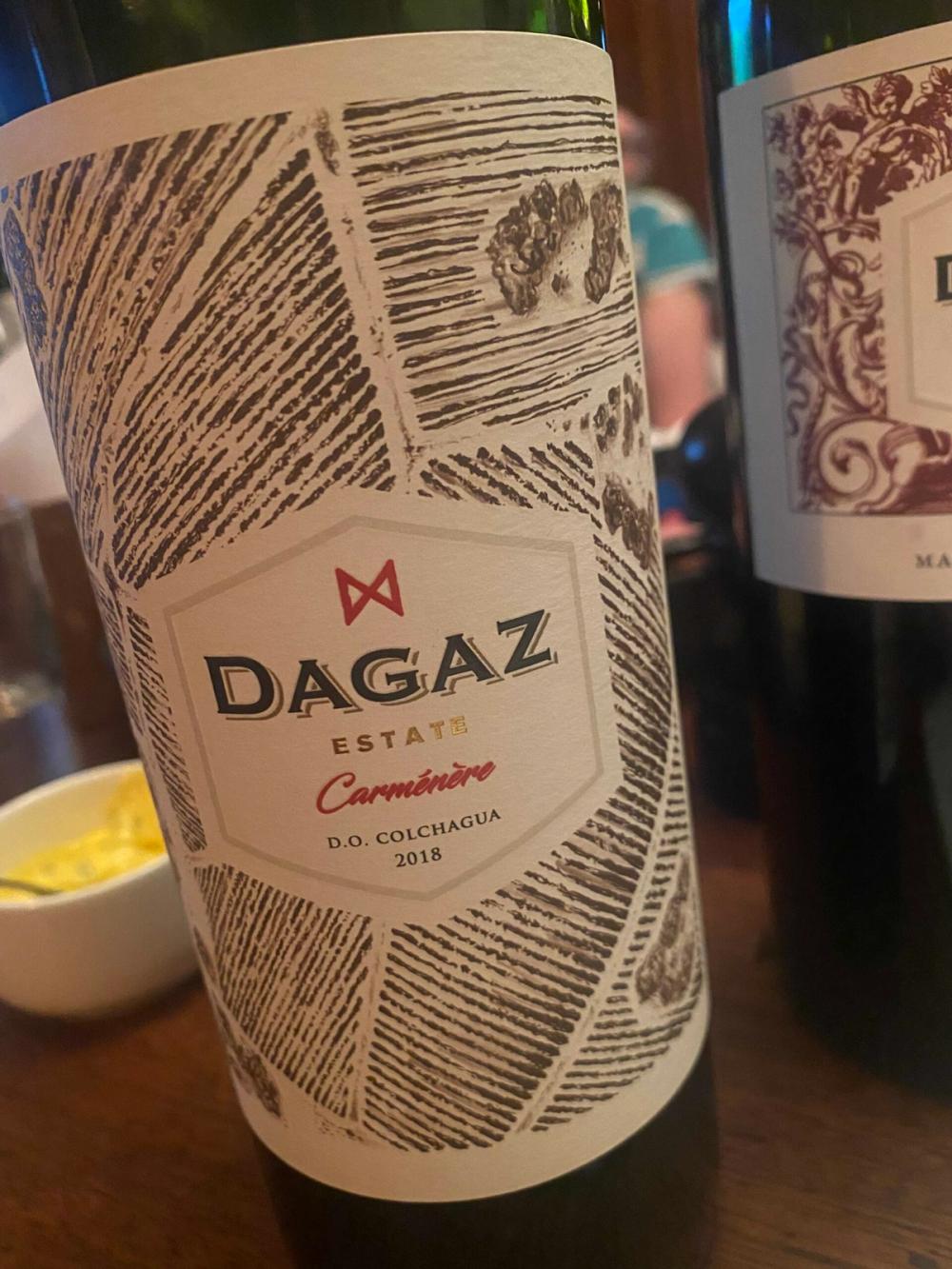
Dagaz ‘Estate’ Carménère 2018
100% Carménère
Plump, ripe black berry and plum fruit dominate here with a bit of licorice and clove spice. This wine is long and intense, with some graphite, capsicum leafy notes on the mineral finish. This is modern Carménère at its best and a shining example that this variety – contrary to Puyo’s comments above – makes for an exceptionally well-balanced single varietal wine. (RRP £20)
There is a philosophy that can be clearly understood when you sit down and taste through the impressive wines from Dagaz. Puyo cuts the shape of a measured, articulate and calm persona, and you can kind of see that manifested through his wines. Puyo “[doesn’t] like to use oak with much toast” and the result is a range of wines that are effortlessly balanced and restrained with supple, measured tannin management across his portfolio.
These wines are not on their own when it comes to building the case to have Chile drop the ‘value’ narrative. But with value in mind, I feel there is a strange sense of irony here. Whilst these wines are no way near the bulk or ‘value’ end of the spectrum in terms of price, they are actually a steal and should be on the radar of any wine buyer looking to improve on their Chilean offering.
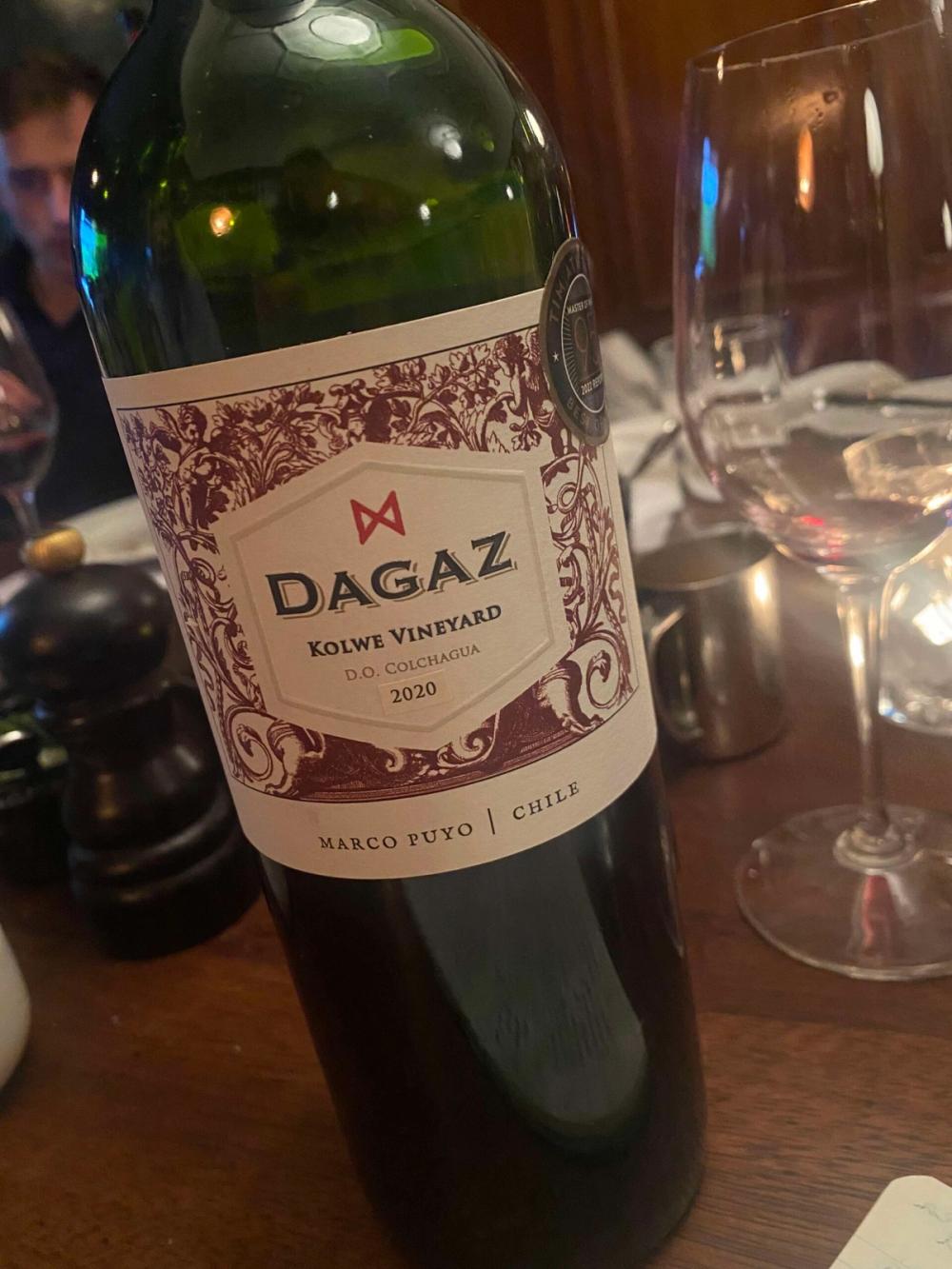
Dagaz ‘Kolwe Vineyard’ Cabernet Sauvignon 2020
100% Cabernet Sauvignon
Intense, ripe starburst black fruit interlaces with a lovely balsamic character. As I have come to expect, the tannins here are certainly present, but powdery and fine. There is a dark, brooding dimension to this wine with a wonderfully soft, effortless silky mouthfeel. (RRP £29.99).
I’m finishing up here with a back-to-back of Marco’s top cuvee: Tierras de Pumanque.
Tierras de Pumanque 2018
69% Cabernet Sauvignon | 16% Petit Verdot | 9% Carménère | 6% Syrah
We have some lovely tarry black fruit complete with a faint whiff of vanilla bean on the nose. The fruit set is naturally very ripe, but a lovely firm backbone of tannin carries that ripeness with ease. This is a soft wine, with nice rounded edges and drinking beautifully now. The more supple and rounded of the two. (RRP £36.99)
Tierras de Pumanque 2019
71% Cabernet Sauvignon | 15% Petit Verdot | 10% Carménère | 3% Syrah
If the 2018 is a round wine, then the 2019 is a square – in the best of ways. There is more lovely black fruit present, with some more mineral, graphite notes to boot. Not to sound like a broken record, but the structure offered up here from Marco’s tannin management is second to none and etches itself into the wine seamlessly. This wine is, vivid with tension and poise. Drinking well now with its welcome austerity, but better in a few years. (RRP £36.99)
Big thanks to the team at Hawksmoor for putting on a lovely dinner, and to the team at Condor Wines, who import Dagaz.
